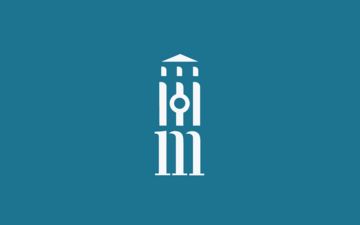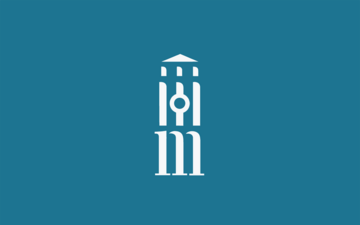Petra Dierkes-Thrun Addresses Oscar Wilde's After-Images

Author Petra Dierkes-Thrun held a workshop earlier this month on the interpretations of the life and works of Oscar Wilde, the subject of her recent book, Salome's Modernity. " We look at Wilde's image, through more than a century of culture, images and interpretations, not at the original. We read through a textual and cultural palimpsest. The outlines of his persona and his work are in there, but they are just not the same...".
Wilde's contributions to literature and queer identity, argues Dierkes-Thrun, must be taken in the context of over a century of interpretations, of both the Wilde and his writing, saying, "We think Wilde is queer because we've been reading him as such... through this whole century... Wilde, in his writings, looked queer, because our stereotypical notion of male homosexuality derives from Wilde, and our ideas about him." In reality, explains the author, "The way that queerness functioned in Wilde's own culture was actually very different".
Dierkes-Thrun used two of Wilde's works in her discussion of his place as "... a liminal thinker on the cusp from Victorianism to Modernism"; Salome, a biblical story Wilde rewrote in his own controversial style, and A Picture of Dorian Gray, a book that " ...has a lot of queer overtones, it's been seen as... the queer novel." In looking at the perception of Dorian Gray, "One of the things that's... striking about the earliest adaptations, ...are actually not about queerness at all. At all. They present the novel as a morality tale, and also bring out its gothic qualities.", indicating again one of the major disconnects with a modern readerships relationship to Wilde.
In this way, the after-images play a critical role in our understanding of Wilde, and that "... they actually tell us more about ourselves, and our way of seeing, than about the original." The way Wilde was perceived, in Dierkes-Thrun's presentation, had as much of its own separate impact on literary and queer history as his work itself, "... [it's] absolutely fascinating, that literature can have these functions, that it can help you identify yourself as an individual, but also with other people."
View the full workshop on Youtube.



